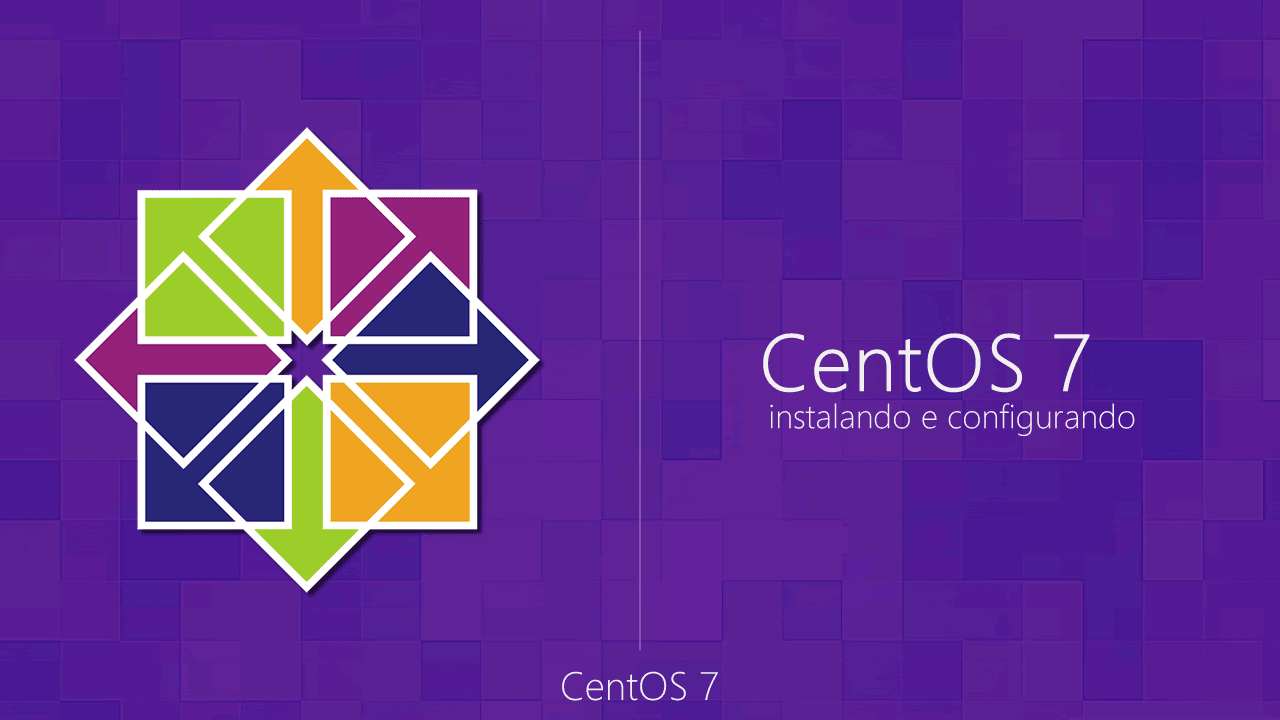

This goes step by step Windows then Centos install. ** if you want to know how to do a dual boot Centos/Windows look at: HOWEVER, if you have done 4) and 5) then it can all be recovered quite quickly - fortunately I had done this so it was no problem re-installing from scratch and getting everything functioning correctly again. BUT BUT if you do 2) or 3) and you are a newbie then the installation breaks and you have to re-install. So, my experience is that if you use 1) it is painless. Sure, add things like FFPMEG and other software but don't update or mess with Centos in any way, nor with the nvidia drivers. why does it matter that the version of Centos is old?

Of course you will have an old version of Centos: but for me this doesn't matter - the machine is dedicated to video editing, and even the network connection is usually off so 'old' doesn't matter. If you are a newbie (like me) my advice is:ġ) use the bundled Centos + Resolve ISO from BMD Ģ) never update Centos nor the many parts to itģ) never update the nvidia drivers (or think very carefully/know what you are doing beforehand)Ĥ) do frequent backups of the Resolve diskdb databaseĥ) do backups of the Downloads, Desktop and any other folder you have added stuff into. Despite my recent pain I am going to still stick with Resolve on Linux, with five vital lessons I have learned.


 0 kommentar(er)
0 kommentar(er)
